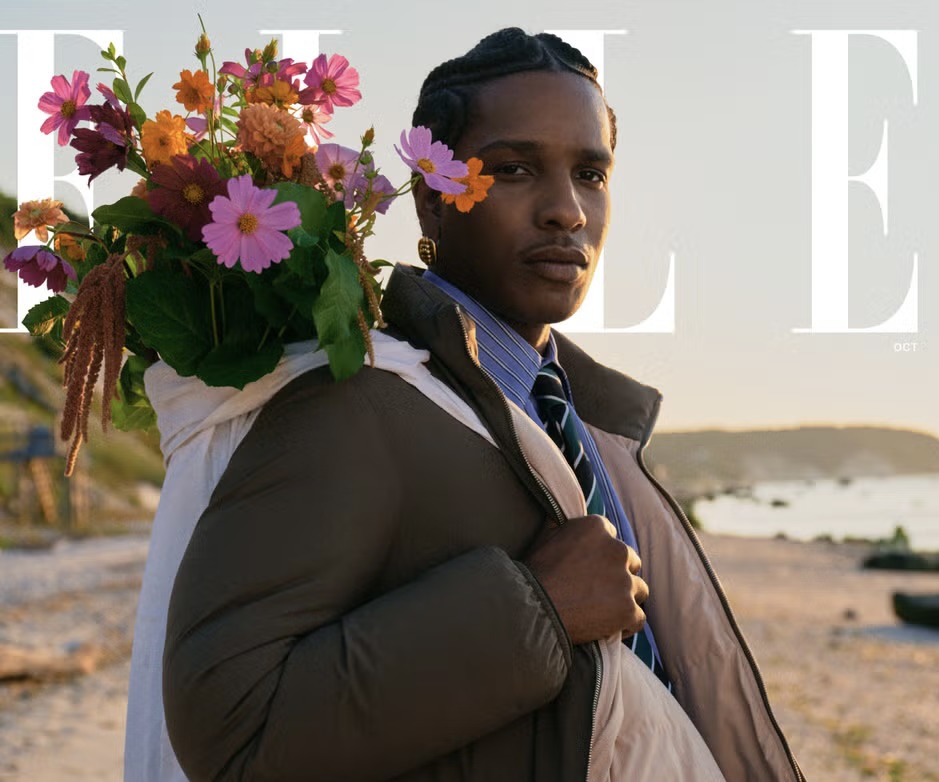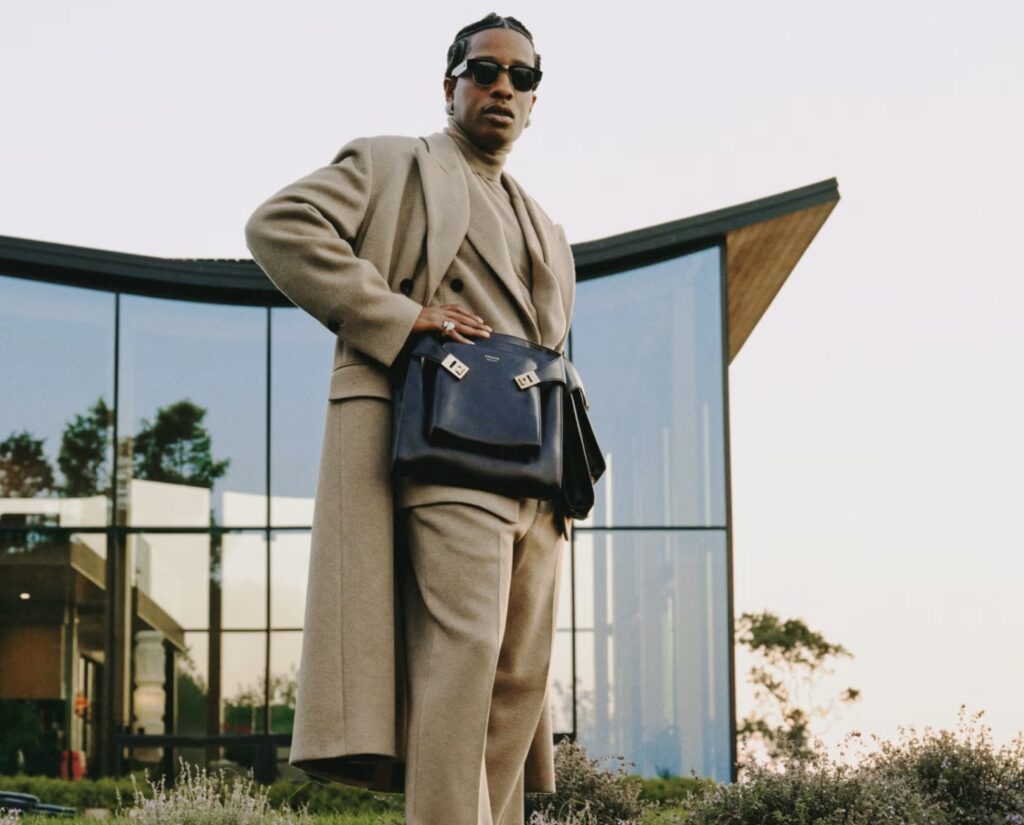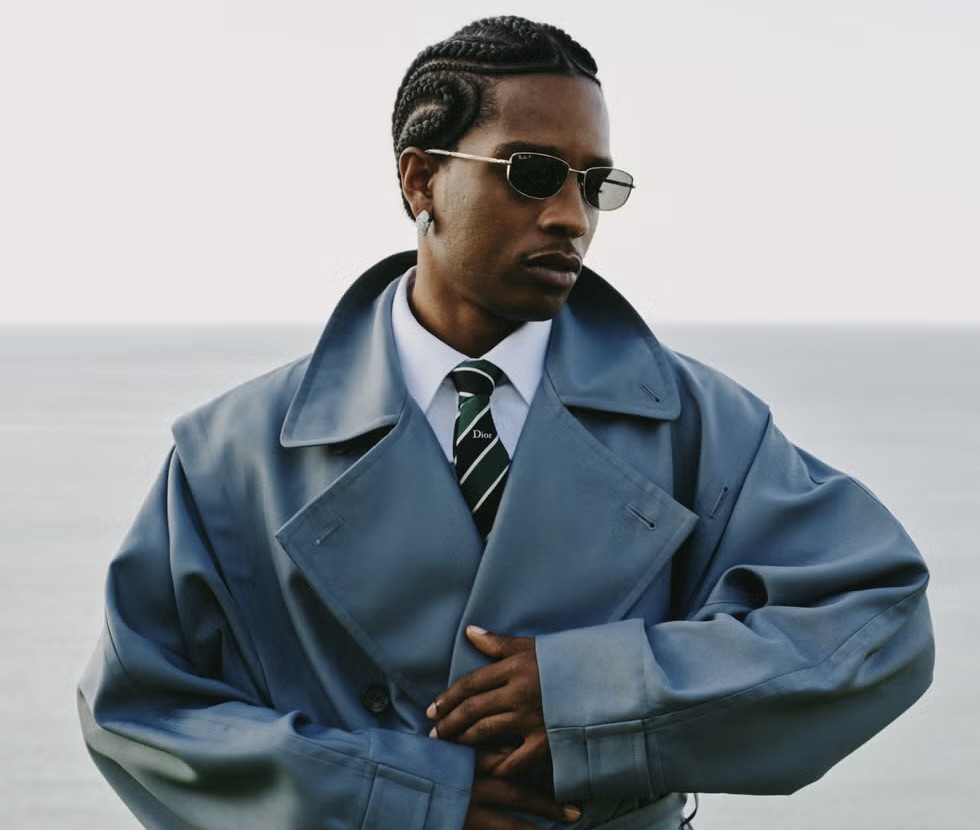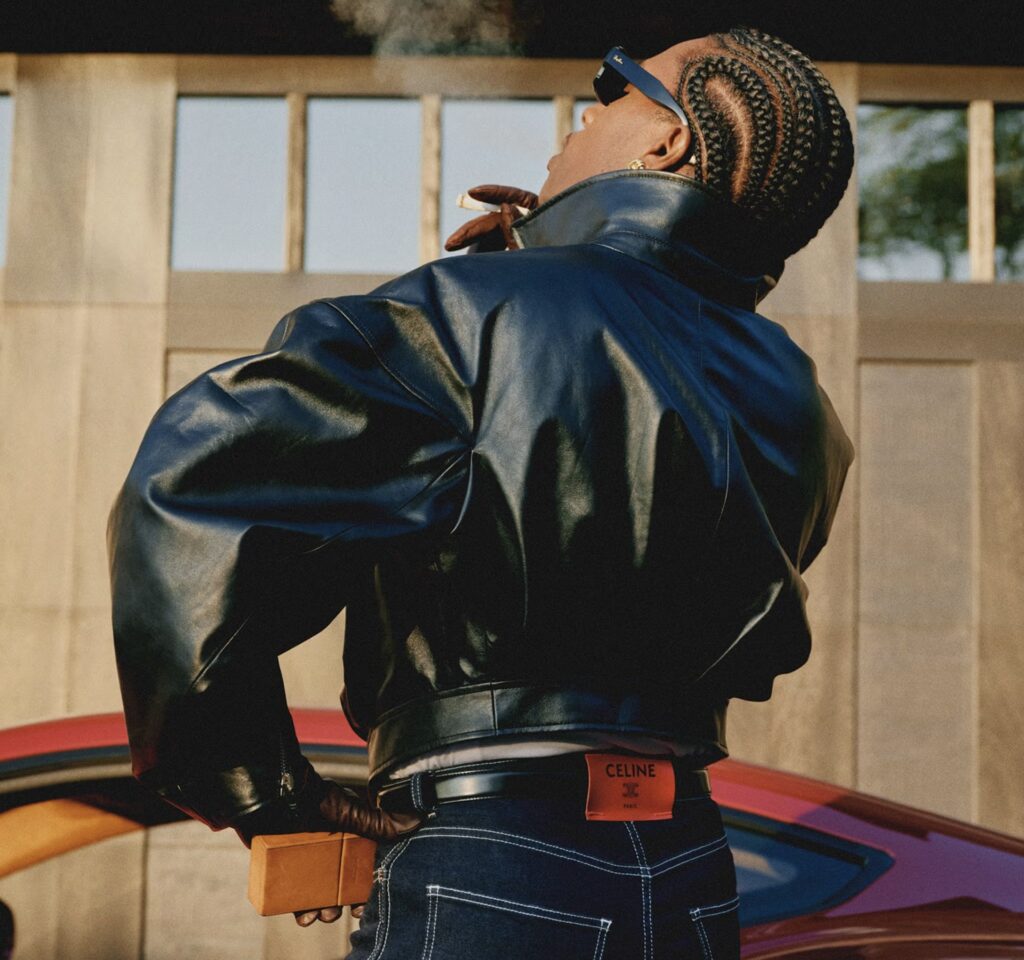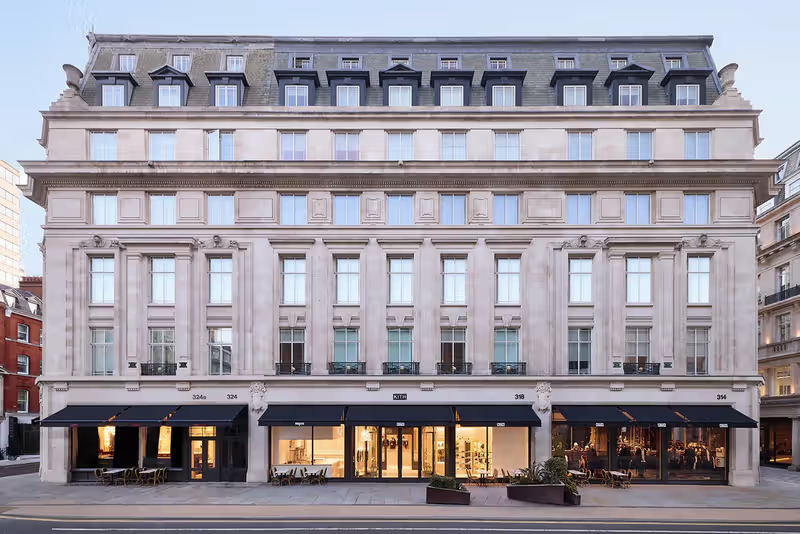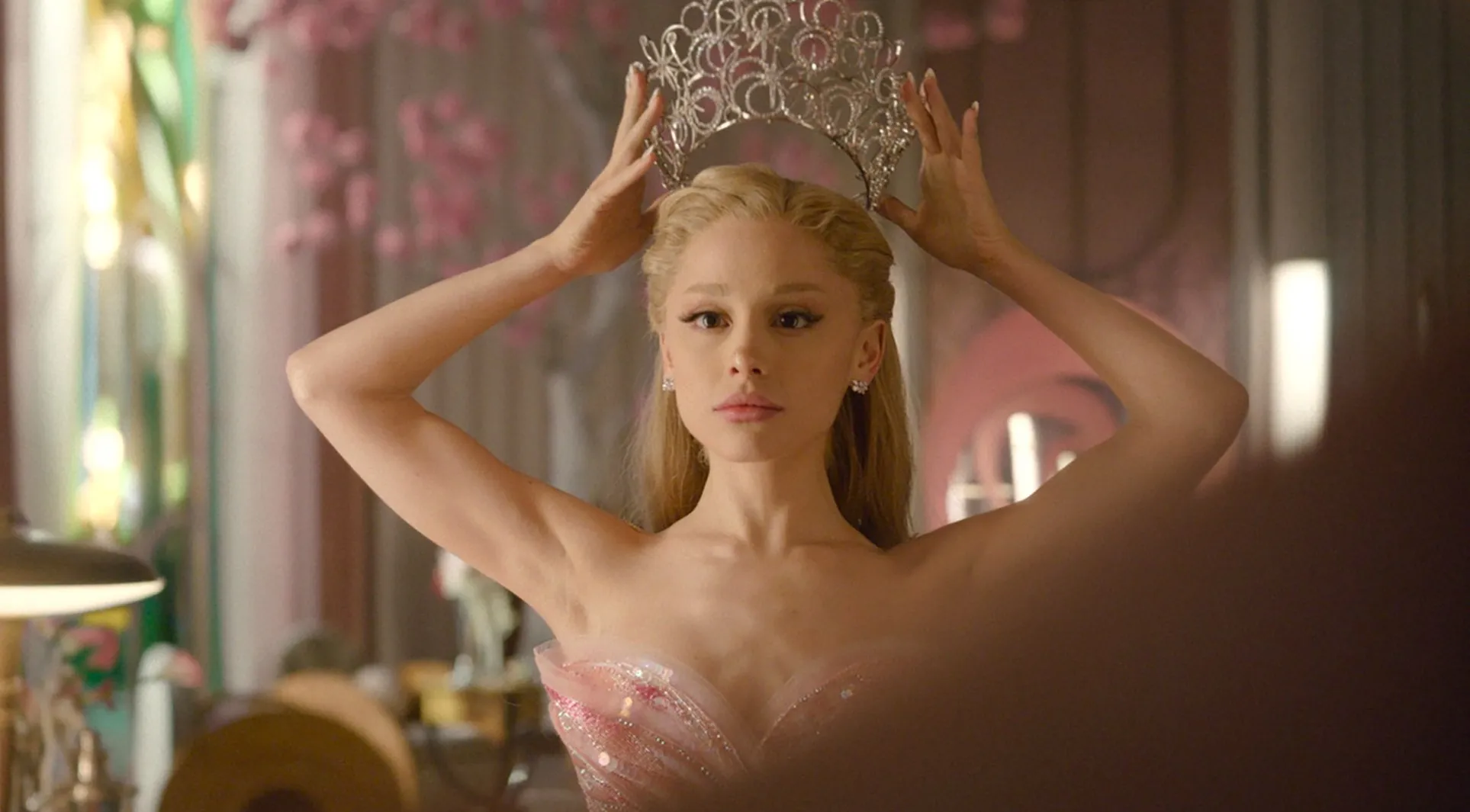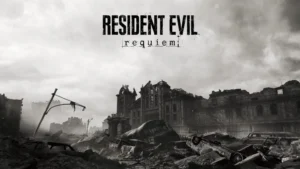When A$AP Rocky appears on a magazine cover, it is rarely just an editorial choice. It is a cultural signal. His latest feature in ELLE Magazine is no exception. The Harlem-born rapper, style icon, and father takes center stage in a spread that is less about clothing than about the ongoing evolution of masculinity in fashion. Styled in Dior’s Spring/Summer 2026 collection, alongside key looks from Celine SS26 and Louis Vuitton SS25, Rocky transcends the role of musician. He becomes a prism through which the contemporary dialogue between luxury and streetwear, tradition and experimentation, identity and performance is refracted.
Rocky and the Art of Reinvention
Rocky’s career has always been built on reinvention. From his early days in the A$AP Mob, where his distinct sartorial sensibilities distinguished him from peers, to his ascent as a front row fixture, he has cultivated an image that is never static. This ELLE feature reinforces his role as a chameleon. Each look presents Rocky not simply as a wearer of clothes but as a co-author of the narrative—turning garments into statements of fluidity, ease, and cultural authority.
Fashion, for Rocky, is not costume but canvas. Where others see boundaries—menswear versus womenswear, streetwear versus couture—he sees opportunities for collapse. His ELLE wardrobe is a testament to that ethos: tailored Dior blazers paired with subversive accessories, Celine outerwear juxtaposed with unexpected textures, Louis Vuitton staples reimagined with Rocky’s own swagger.
Beyond Menswear: A New Lexicon of Style
What makes Rocky’s ELLE cover so significant is the way it contributes to an emerging lexicon of style for men in the 2020s. Traditional categories—suits, coats, accessories—no longer carry rigid codes of masculinity. In their place, a more elastic approach has emerged, one that acknowledges the influence of queer aesthetics, global street culture, and high fashion’s constant appetite for reinvention.
Rocky embodies this shift with ease. The Dior SS26 collection, under Kim Jones, already plays with classic tailoring infused with youth culture; Rocky amplifies its fluidity. In Celine’s SS26 offerings, with their sleek cuts and rock-inflected attitude, Rocky channels both rebellion and refinement. Louis Vuitton’s SS25, in the post-Virgil Abloh era, builds on themes of continuity and exploration—again, Rocky situates himself as the bridge between legacy and progression.
By wearing these collections, Rocky does more than model clothing. He demonstrates how men can move through multiple style vocabularies without contradiction, a fluidity that reflects broader cultural shifts.
The Conversation with Fatherhood
This ELLE feature is not limited to fashion imagery. Rocky opens up about fatherhood, offering a rare glimpse into his personal life alongside Rihanna and their children. In doing so, he reframes the archetype of the hip-hop star. Here is an artist whose cultural capital is not diminished by domestic life but enriched by it.
Fatherhood becomes part of his evolving style narrative. The same man who sits in the front row at Dior also carries a stroller through the streets of Paris. This duality is not a contradiction but a reflection of contemporary manhood—multifaceted, nurturing, stylish, and unapologetically public. ELLE positions Rocky as emblematic of a generation of men rethinking what it means to be icons.
High Fashion Meets Street Culture
One of Rocky’s most significant cultural contributions is his ability to collapse the distance between luxury fashion houses and the world of streetwear. He was among the first rappers of his generation to wear Raf Simons and Rick Owens with the same comfort as Jordans and Supreme. That hybridity has since become mainstream, but Rocky remains its most eloquent ambassador.
In the ELLE editorial, this hybridity is on full display. The garments are undeniably luxury, but Rocky’s posture, expression, and aura infuse them with street credibility. He does not merely wear Dior; he bends Dior to his rhythm. He does not inhabit Louis Vuitton; he makes it resonate with Harlem swagger. This is what sets Rocky apart: he does not submit to fashion’s dictates, he co-creates them.
A Legacy of Influence
A$AP Rocky’s influence on fashion is already historic. Designers from Raf Simons to Gucci’s Alessandro Michele have cited him as muse. He has fronted campaigns for Dior Homme and Gucci, collaborated with JW Anderson, and consistently blurred the lines between artist and model. What distinguishes his ELLE appearance, however, is its symbolic resonance: Rocky is not just being styled by fashion, he is styling fashion itself.
The editorial cements his place in a lineage of style disruptors—Prince, David Bowie, Kanye West—who used clothing to push cultural boundaries. Yet Rocky’s approach is uniquely his own: less theatrical than Bowie, more collaborative than Prince, more democratic than West. His power lies not in spectacle but in subtle shifts that ripple through global fashion ecosystems.
The Visual Language of the Shoot
The photography of the ELLE spread deserves equal attention. Set against stark backdrops, the focus remains squarely on Rocky’s physical presence. There is an intentional tension between softness and severity, light and shadow. Each shot emphasizes Rocky’s duality: vulnerability in gaze, authority in stance. The clothes do not overwhelm him; they orbit him.
By stripping away excessive staging, the editorial underscores Rocky’s magnetism as subject. He becomes the gravitational center, drawing Dior, Celine, and Louis Vuitton into alignment.
Toward a Future of Fluid Icons
The ELLE feature signals a future in which cultural icons are defined less by fixed categories than by their ability to move between them. A$AP Rocky is not only a rapper, nor only a fashion figure, nor only a father. He is all of these simultaneously, and his style communicates that multiplicity.
In an era when audiences demand authenticity yet celebrate experimentation, Rocky’s presence feels timely. He embodies contradictions without apology, and in doing so, offers a template for a generation less concerned with binaries and more interested in expression.
A Cover that Matters
Covers are symbolic currency in fashion. To front ELLE is to make a statement about who belongs in the pantheon of style. With this editorial, A$AP Rocky does more than belong—he dominates. His feature is both a personal chapter, reflecting on fatherhood and legacy, and a cultural one, marking the ongoing transformation of menswear into a more fluid, hybrid language.
A$AP Rocky has long been called fashion’s “shape-shifter,” but this ELLE cover suggests something more: he is not only shifting shapes but shaping the very future of fashion. Through his ease, confidence, and cultural resonance, Rocky proves that style is not about fitting into categories—it is about expanding them.
No comments yet.

